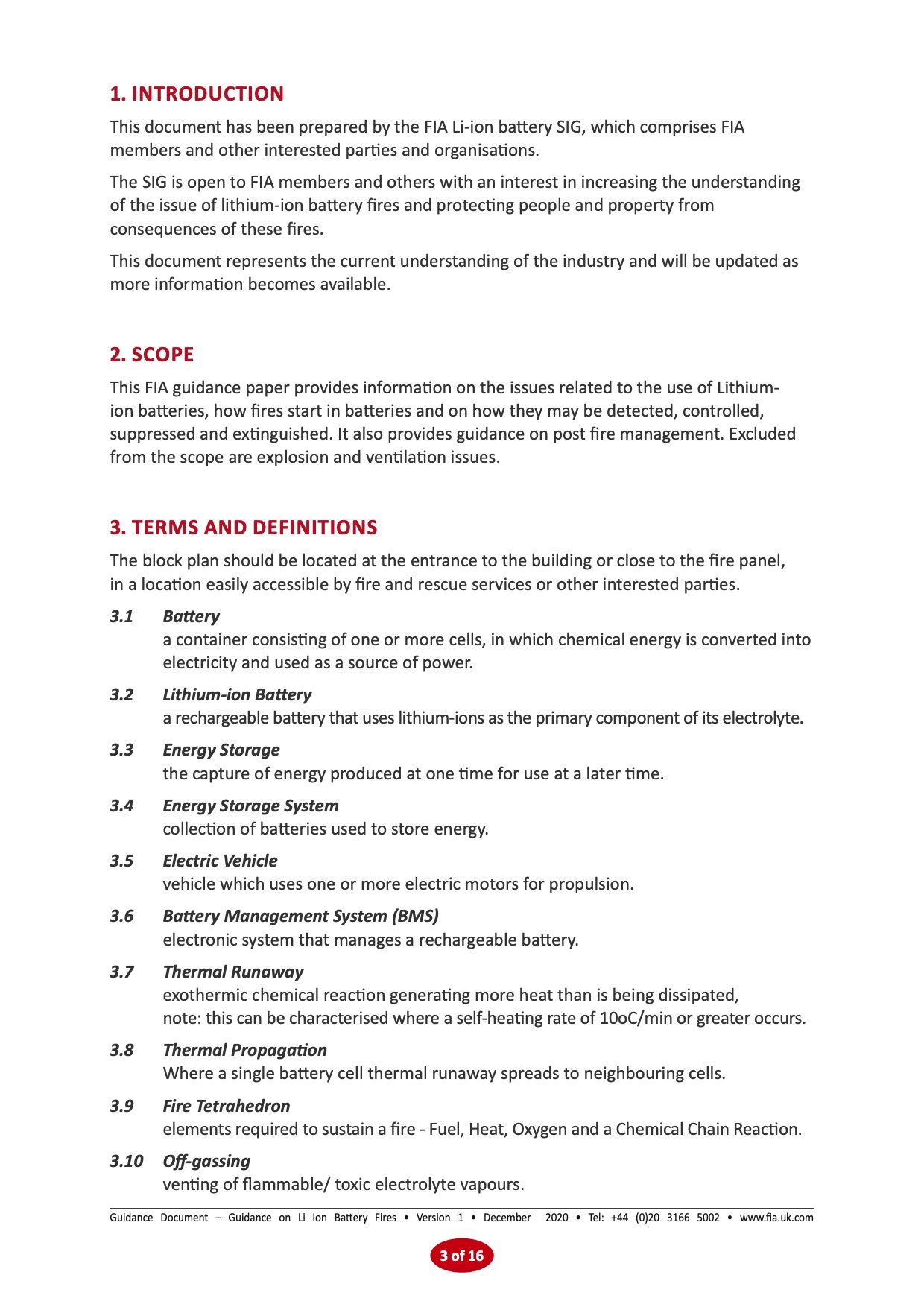
Guidance on Li Ion Battery Fires
|
|

Guidance on Li Ion Battery Fires |
|
Grid Scale Storage Publications Search
Search Lithium Fire Publications search was updated real-time via Filemaker on:
Search Lithium Fire Publications | Return to Search ListSearch Completed | Title | Guidance on Li Ion Battery Fires
Original File Name Searched: Guidance-Document-on-Li-Ion-Battery-Fires-12-20-v1.pdf | Google It | Yahoo | Bing
 Page | 003 1. INTRODUCTION |
Search Contact: greg@infinityturbine.com